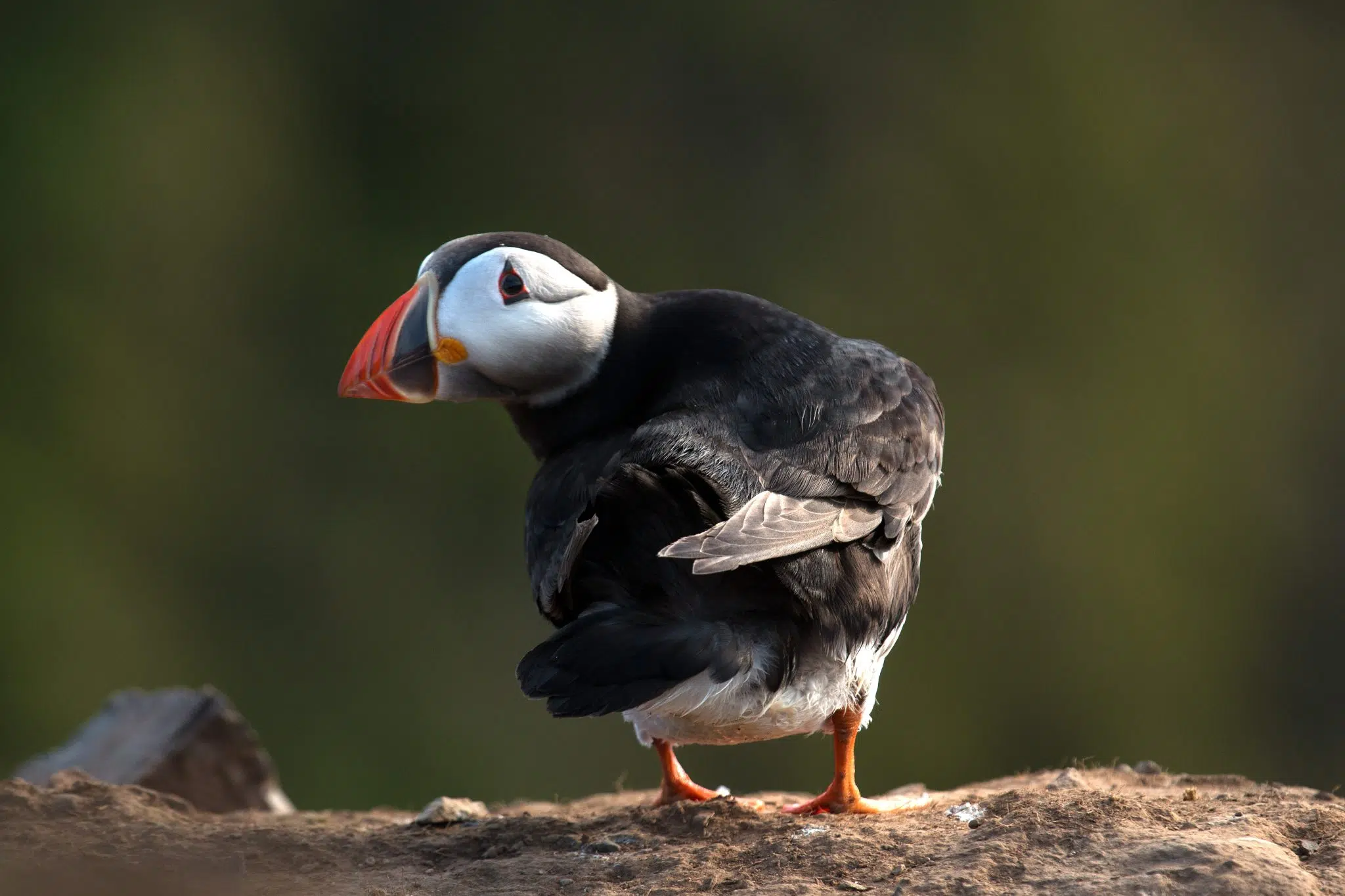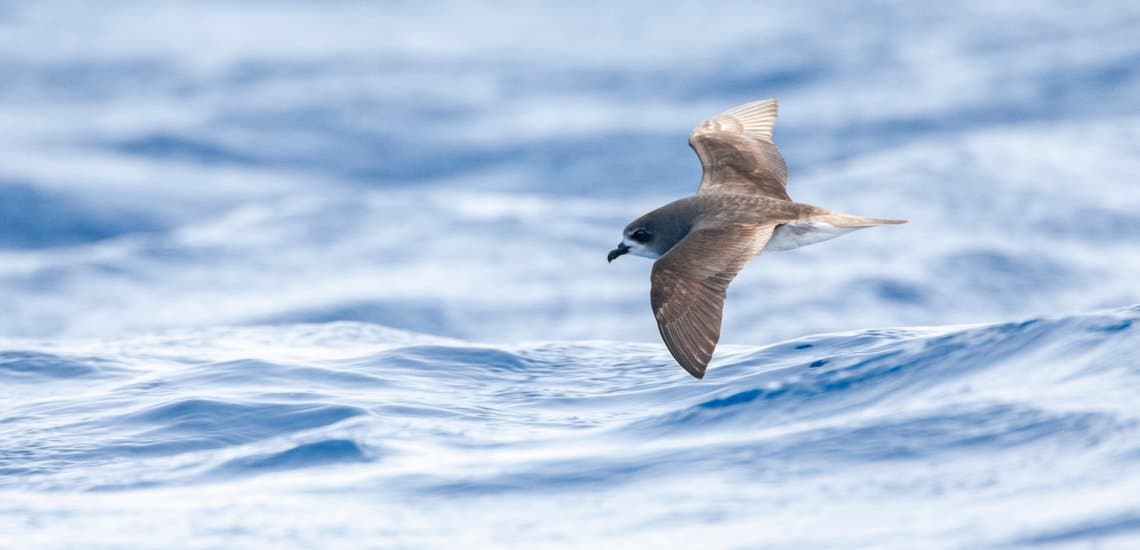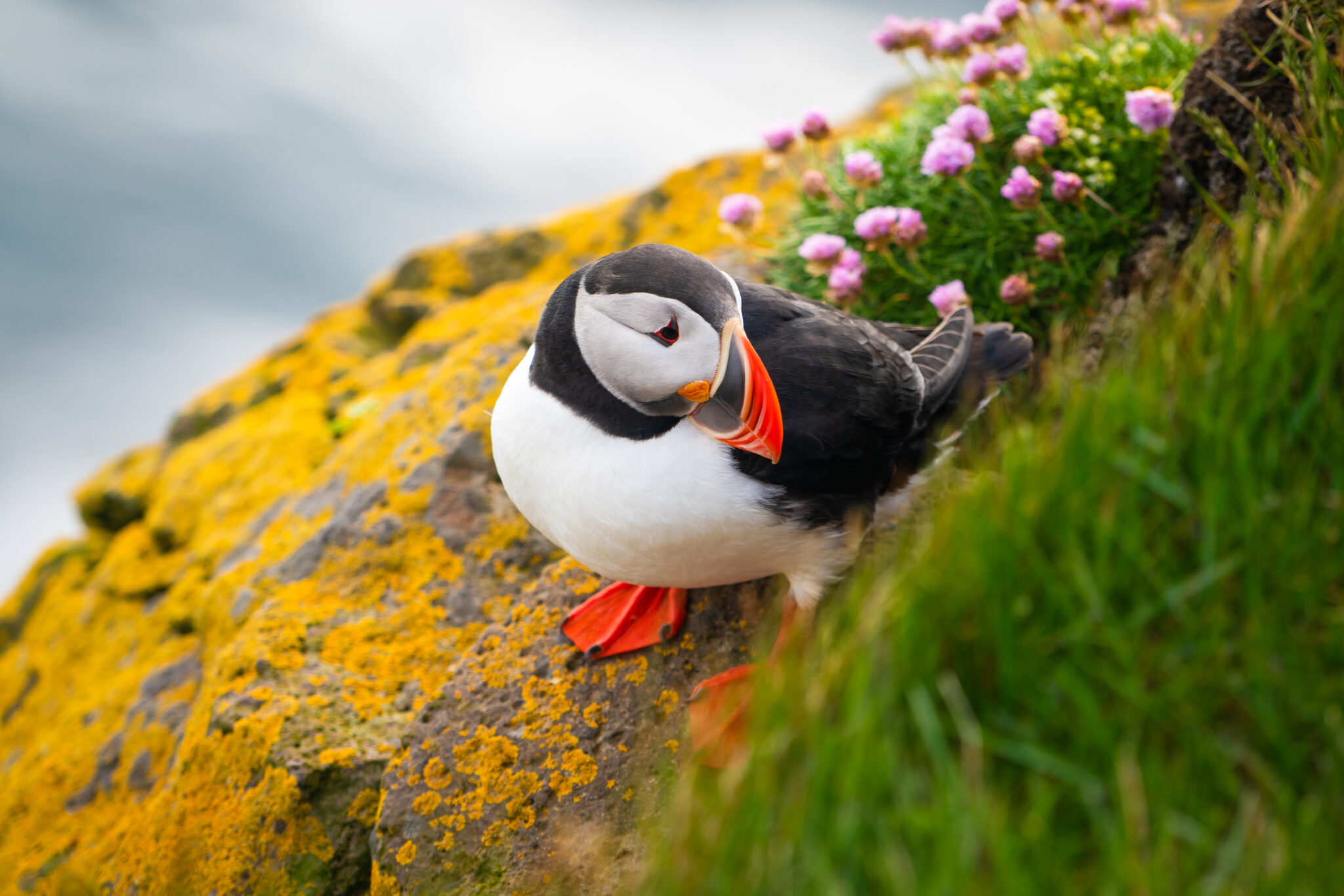Norway is failing its seabirds
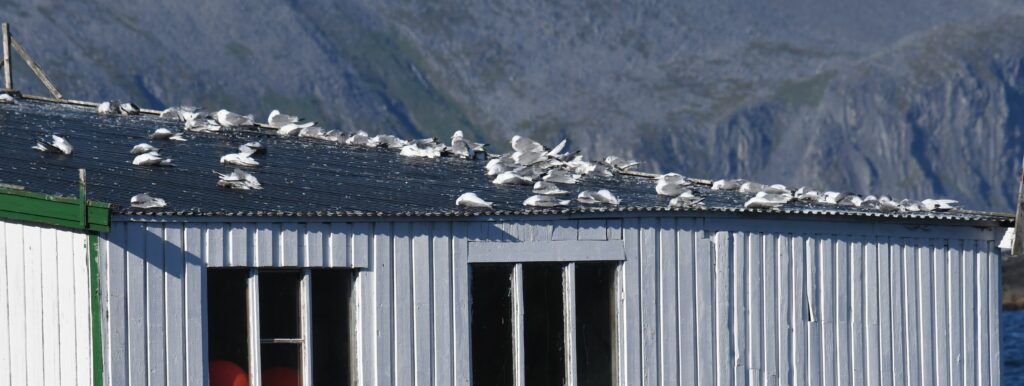
There is currently a very serious outbreak of the highly pathogenic avian influenza in Finnmark, in the north of Norway. Several thousand seabirds, primarily kittiwakes, have been found dead. It was reported that just in the municipality of Vadsø, 15 000 kittiwakes have died in the past three weeks. The Black-legged Kittiwake (Rissa tridactyla) could go from being ‘endangered’ to ‘critically endangered’ on the Norwegian Red List in the span of a few tragic summer weeks. Yet environmental authorities are not getting involved. WARNING: GRAPHIC AND SENSITIVE CONTENT
Unprepared for a predictable disaster
Major bird flu outbreaks in European wild bird populations are sadly no longer a rare occurrence. Last year, there was a huge number of gannet deaths in the UK, and dead and sick birds stranded along the Norwegian coast. Recently, several species of terns, gulls, skuas, cranes, and pelicans died en mass in Europe. In light of these events, BirdLife Norway says it is surprising that Norwegian authorities are acting as if they did not see the outbreak in Norway coming at all.
The wrong authorities are involved
In Norway, the government’s primary concern is that the disease in wild birds will spread to poultry, including chickens, ducks, and geese and result in significant financial losses. For this reason, the Norwegian Food Safety Authority and the Ministry of Agriculture and Food have been assigned to handle the bird flu outbreaks. But as it stands, the ones that are at risk – and dying – are seabirds. The best way to prevent the outbreak in poultry livestock is to firstly prevent the outbreak, and then stop the outbreak in wild birds. Birds are under greater threat than ever before, and this virulent strain of bird flu cannot be categorised as a natural process and left to wreak havoc.
As the current outbreak is first and foremost a nature conservation challenge, BirdLife Norway has called on their government to appoint the Ministry of Climate and Environment and the Norwegian Environment Agency as responsible to halt the ongoing tragedy. The Norwegian government must act to protect nature, not just profit.
BirdLife Norway requests immediate action
BirdLife Norway demands that environmental authorities take immediate action, and to become transparent with information and findings. As it stands, BirdLife Norway is gathering information on the outbreak primarily through its own network of local offices, and through media coverage. Alongside demanding the environmental authorities information on which areas and species are affected, as well as the prognosis for the species and areas in question moving forward, they want to know what the State will do to prevent this crisis from getting worse. How do they intend to stop the flu from spreading to other parts of the country and to other bird populations?
BirdLife Norway has already detected – through the collection of dead birds by volunteers – that the infection has spread to several other species such as Common Gull (Larus canus), Greater Black-backed Gull (Larus marinus), Herring Gull (Larus argentatus), White-tailed Sea Eagle (Haliaeetus albicilla), Red fox and American minks.
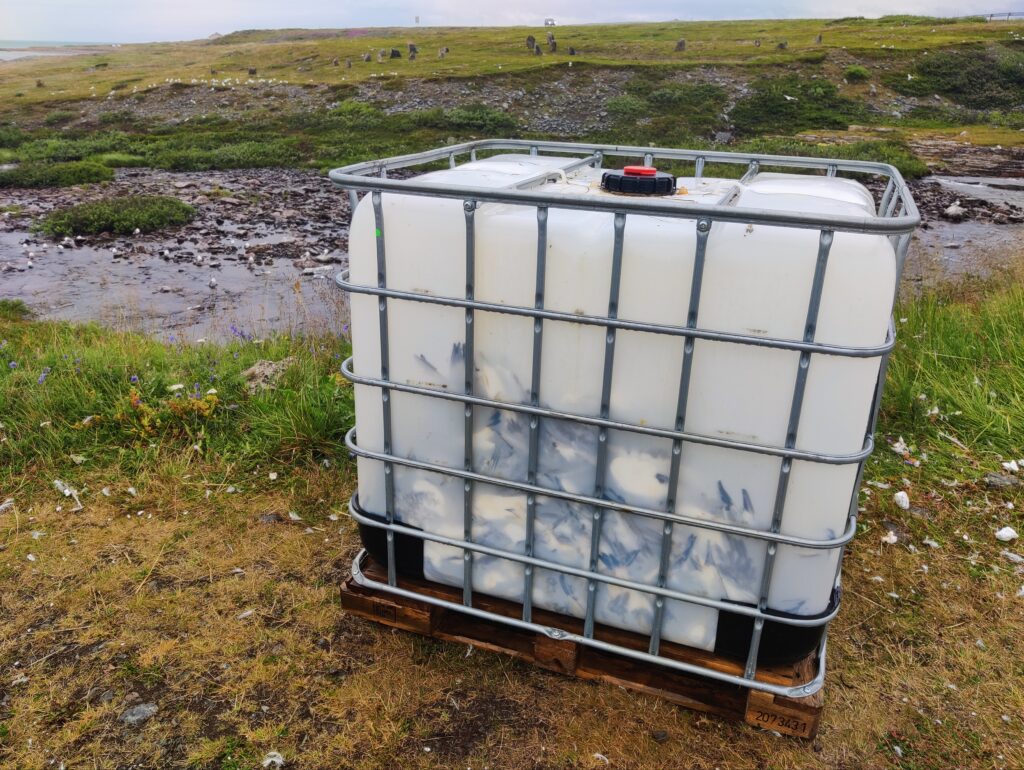
Where is the seabird action plan?
This is not the first time that the Norwegian government fails seabirds and nature at sea. It has been promising a Seabird Action Plan since 2016. This plan would lay out measures to improve the situation of seabirds and prevent them from becoming even more threatened than they are. Preparedness for eventual influenza outbreaks should naturally be part of it.
Seven years later, and with no action plan in sight, it would appear that this work is being postponed deliberately by the government. BirdLife Norway claims it is in a bid to protect vested interests with a financial interest in doing business that will impact seabird habitats and populations. In recent years, the State has allowed new oil and gas extraction plants in important seabird habitats, the facilitation and establishment of intensive sea-based aquaculture, and, last but not least, new extraction of seabed minerals in vast areas of the ocean. All this without an action plan for seabirds.
Norway is simply failing its seabirds.
Based on an article by Kjetil Aa. Solbakken and Martin Eggen – BirdLife Norway
Photos by Ingar Jostein Øien
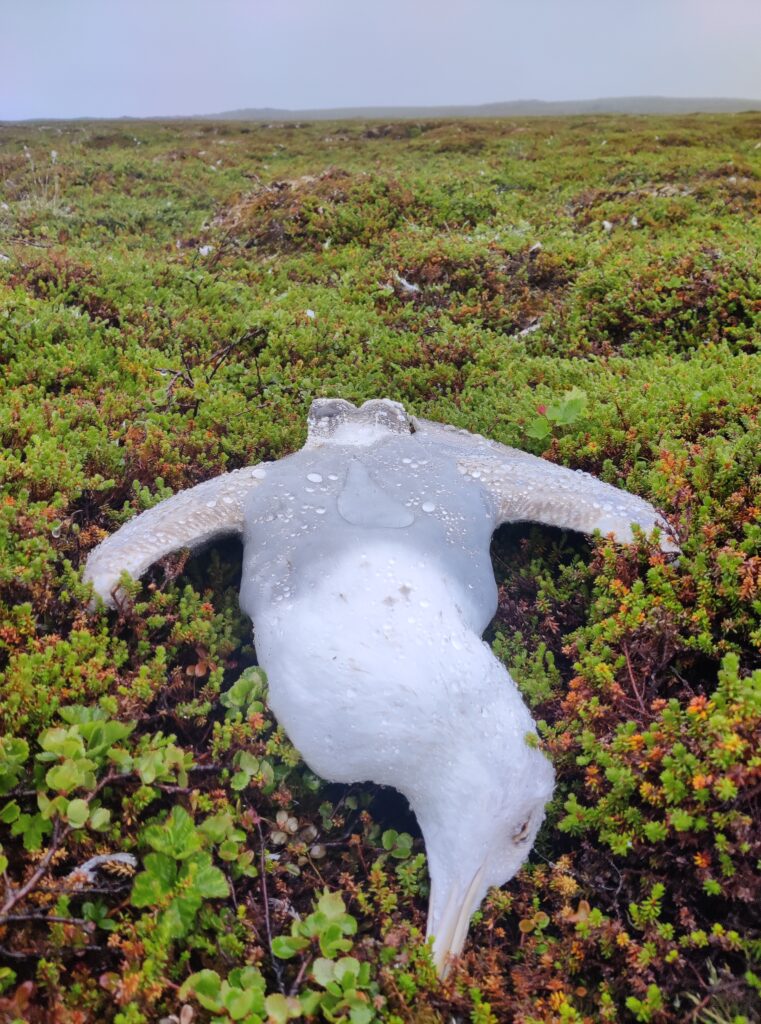
You might also be interested in:
 | Stichting BirdLife Europe gratefully acknowledges financial support from the European Commission. All content and opinions expressed on these pages are solely those of Stichting BirdLife Europe. The European Commission is not responsible for any use that may be made of the information it contains. |
